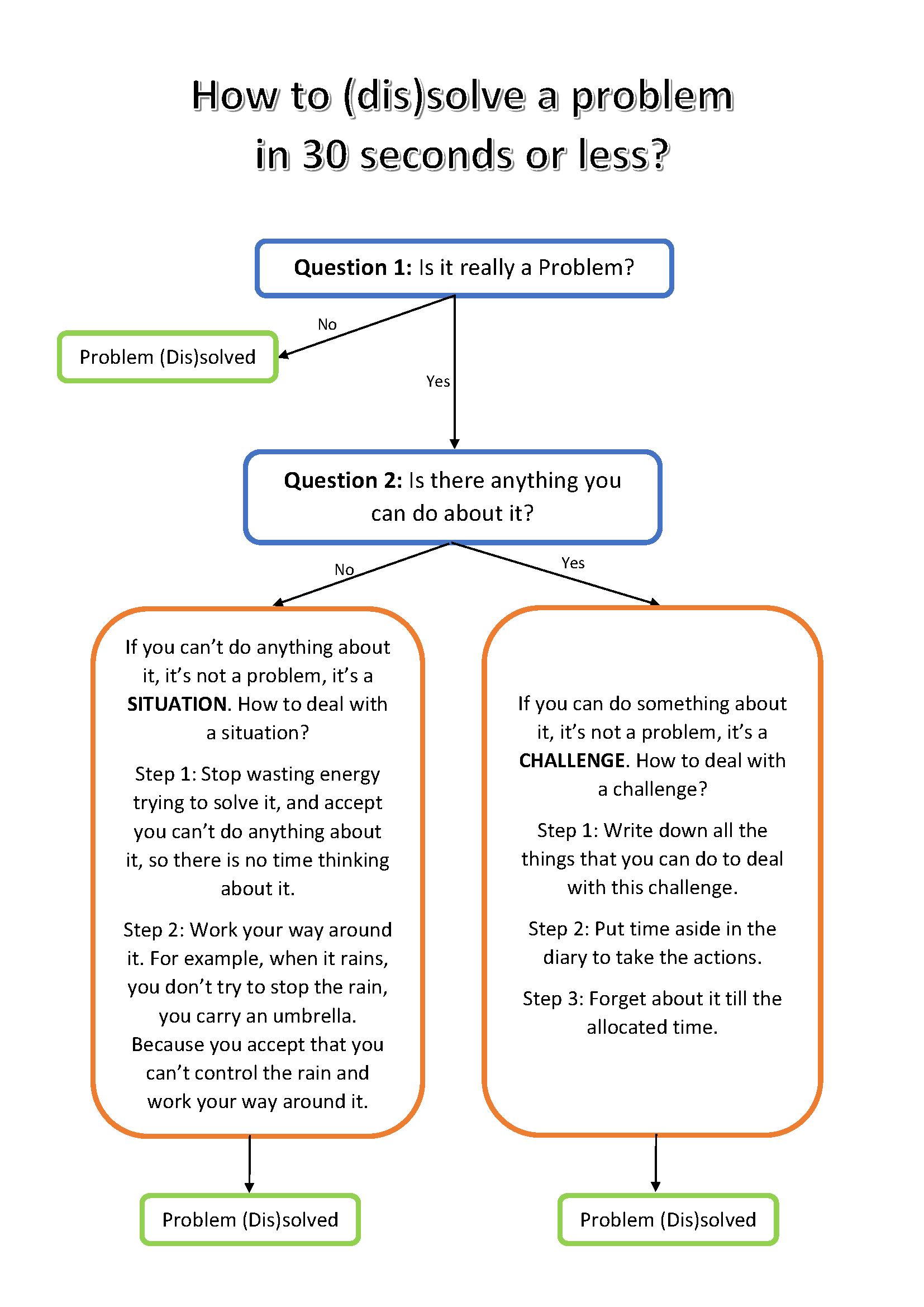How to deal with worry?

Worry is something that affects all of us at some point in our lives. It can range from a mild concern to a debilitating anxiety that interferes with our daily lives. But have you ever wondered what goes on in our brains when we worry? In this blog post, we’ll explore the neuroscience behind worry and the two types of worry that exist.
Worry is essentially a form of self-talk, an internal dialogue that we have with ourselves. It’s a way of processing information and trying to make sense of things that we find uncertain or threatening. When we worry, our brains are activated in a particular way. The amygdala, which is the part of the brain responsible for processing emotions, particularly fear, is activated. This triggers a stress response in the body, which prepares us to take action to deal with the perceived threat. Our heart rate and breathing may increase, and we may become more alert and focused.
Practical worries and hypothetical worries are two types of worries that people commonly experience. Practical worries are concerns that are based on real, tangible problems that require practical solutions. These worries are related to real-life events or situations that are currently happening or are likely to happen in the near future. Examples of practical worries include worries about finances, health, safety, or relationships.
Hypothetical worries, on the other hand, are concerns that are based on imaginary or unlikely scenarios. These worries are not related to real-life events or situations, but rather to imagined or hypothetical situations that may or may not happen in the future. Examples of hypothetical worries include worries about the possibility of a natural disaster, a terrorist attack, or a pandemic.
While both practical and hypothetical worries can cause anxiety and stress, practical worries are generally considered more valid and realistic. This is because practical worries are based on real events and situations that require practical solutions, whereas hypothetical worries are based on imagined or unlikely scenarios that may never come to pass.
To manage practical worries, it is important to identify the root cause of the worry and take practical steps to address it. This may involve seeking professional help, making changes to your lifestyle, or developing coping strategies to manage stress and anxiety.
To manage hypothetical worries, it can be helpful to challenge your thoughts and ask yourself whether the worry is based on a realistic scenario or a hypothetical one. If the worry is based on a hypothetical scenario, it can be useful to focus on the present moment and the things that you can control, rather than worrying about things that may or may not happen in the future.
A process to (dis)solve your problem and associated worry in 30 seconds or less
The first question you ask is, “Is this really a problem?” Chances are when you become very present with this question you will realise that it’s not something worthy of your time and energy. So, if the answer to the question is no, the problem is (dis)solved.
But if the answer is yes, the next question you want to ask is, “is it one of the top five problems in my life just now?” If the answer is no, then it can go in something that I call the TTKMB list, which is the Things To Keep Me Busy list. Stop labelling it as a problem. You only start working on this list when you have too much time to kill. Problem (dis)solved.
But if you answered yes to the question, which means that it is one of the top five problems in your life just now, then you ask another question, “Is there something I can do about it?” If the answer to this is No, then it’s not a problem; it’s a situation. Problem (dis) solved. You cannot solve a situation, so stop labelling it as a problem. How to deal with a situation? You work your way around it. For example, if you are out and it starts raining, you don’t try to figure out, how to make the rain stop. You open your umbrella and carry on. Or even when you don’t have an umbrella, you still carry on, realising that rain is not in your control. Just like some things (situations) in your life will not be in your control.
But if you answered Yes to the question, and there is something you can do about the problem, then it’s not a problem. Write down the action steps, allocate some time in your calendar to take these action steps, and then stop labelling this as a problem. Call it a challenge instead. Problem (dis)solved. A flowchart diagram of this approach/tool is included below

This blog is posted by Anurag Rai. Anurag is the Founder of Superhuman In You and Superhuman University. He is also the founder of multiple other businesses, a bestselling author, an organisational psychologist, award-winning life and business coach, and a master NLP practitioner.

